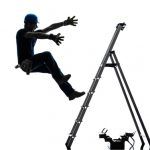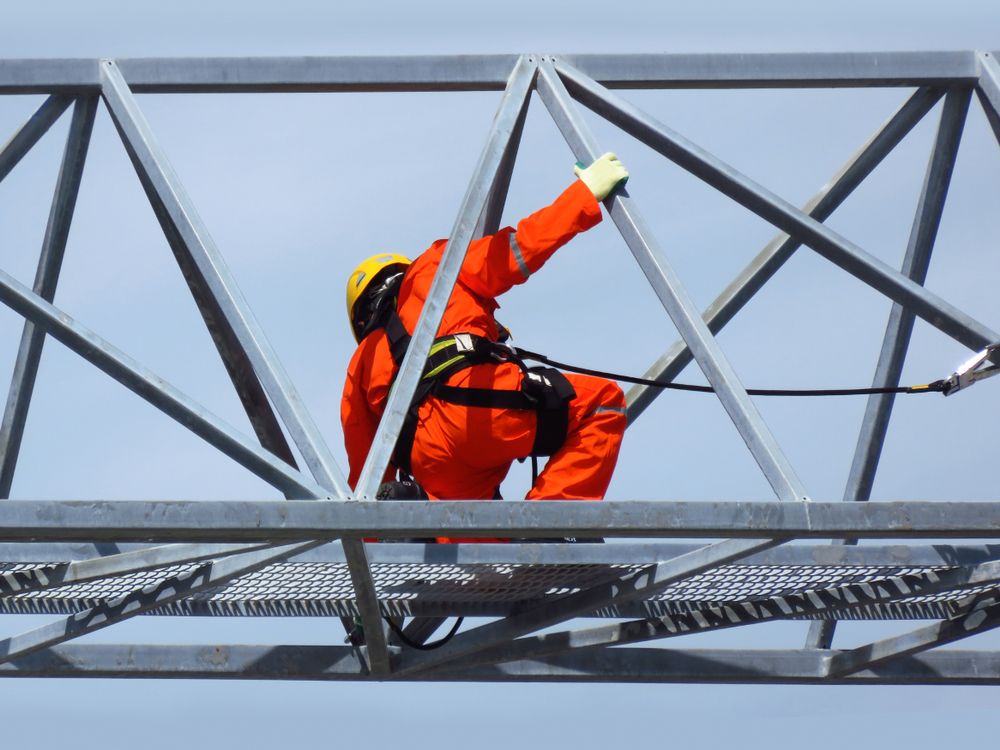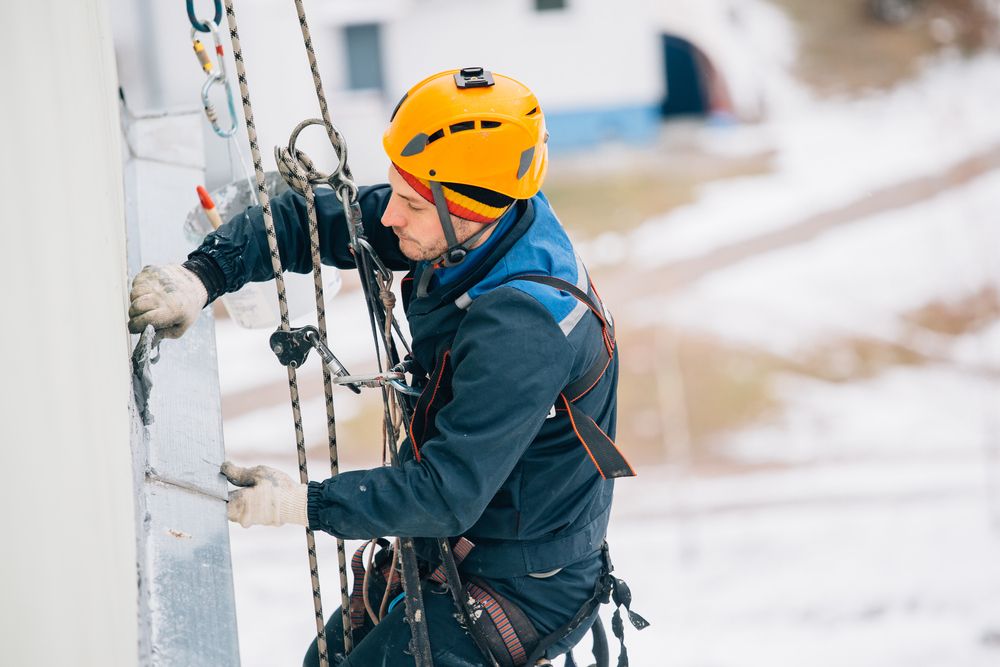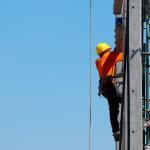
Update Your Working at Heights Training for the New Year

Chief Prevention Officer regulations require employees to complete working at heights protection training when they work at a potentially unsafe height.
Apart from the regulatory requirements of this training, it has many benefits for your business going into the New Year.
Preparing your team with working at heights for 2021 entails providing proper training and tools for the job.
Best practices to stave off severe injuries and fatalities will help your team realize their full potential.
Updates to Working at Heights Training
 Fall restraint systems training
Fall restraint systems training
Proper use of safety and work belts could be essential when working in a new environment with unfamiliar terrain.
Consider training your staff on how best to leverage this safety gear to prevent injuries.
Distance awareness training
Fall distance training is an essential upgrade for employees working at heights.
Your workers need to know the heights where restraints and other safety gear are necessary. The training should include:
- Anchor and harness placement, fitting, and adjustment
- Distance calculation from the ground – workers’ feet level
Passive protection training
 Proper use of passive fall protection systems is integral to keeping safe from injury when working at heights.
Proper use of passive fall protection systems is integral to keeping safe from injury when working at heights.
Training your workers to connect restraining belts to rigid platforms and rails is essential for accident prevention.
Protective equipment training
Aside from updating your fall restraint systems, it is essential to improve workers’ knowledge of fall PPE.
Working at specific sites could involve different types of protective equipment, and updates inform your staff of better equipment use.
Barrier training
Workers carrying out their duties at significant heights above ground (>15ft) need regular input to existing barrier training.
Consider training your staff on the most efficient way to use the extra-safety systems (nets, harnesses, etc.) to their advantage.
Scissor and boom lift training
Workers saddled with operating scissors and boom lifts need updates on best practices for safe operation.
Updates should focus on identifying hazards, transit operations, weight limit assessments, and more.
Which Industries Need Updates to Work at Heights Training
 Working at heights training is essential for workers in the construction industry.
Working at heights training is essential for workers in the construction industry.
Employees in the HVAC, mining, hydro, telecommunications, etc., need proper updates to training.
In general, updates to working at heights training could be necessary when:
- Your operation moves to a different worksite
- You just purchased a new piece of equipment/machinery that needs to function at heights (scissor lifts, boom lifts, scaffold, etc.)
- New staff members get added to your team
- You need your employees to possess knowledge of the latest safety information
It’s always better to over-prepared and use an abundance of caution when it comes to working at heights.
Get Updates on Working at Heights Training from ACT
For the latest information on working at heights training, make Advanced Consulting and Training Ltd. your choice.
Our expertise in working at heights training makes us Ontario’s number one for safety above ground level.
Talk to us today, and get access to the latest information on working at heights safety training.




